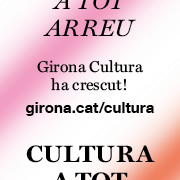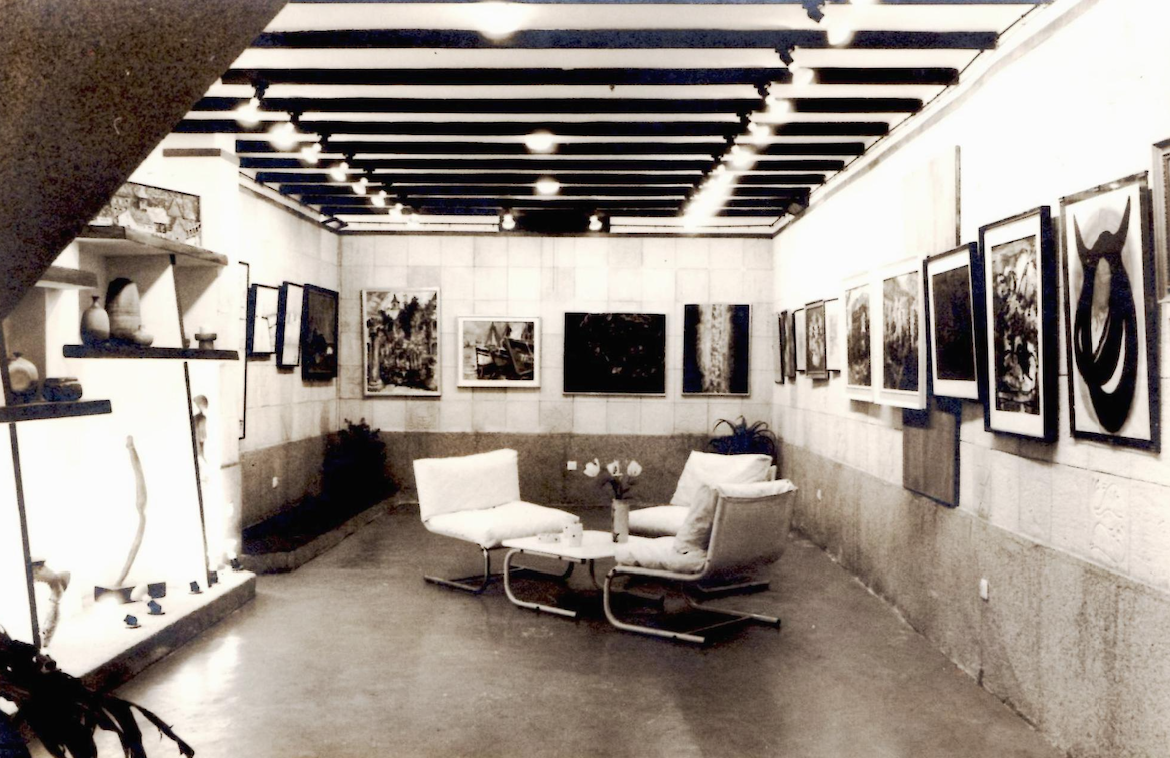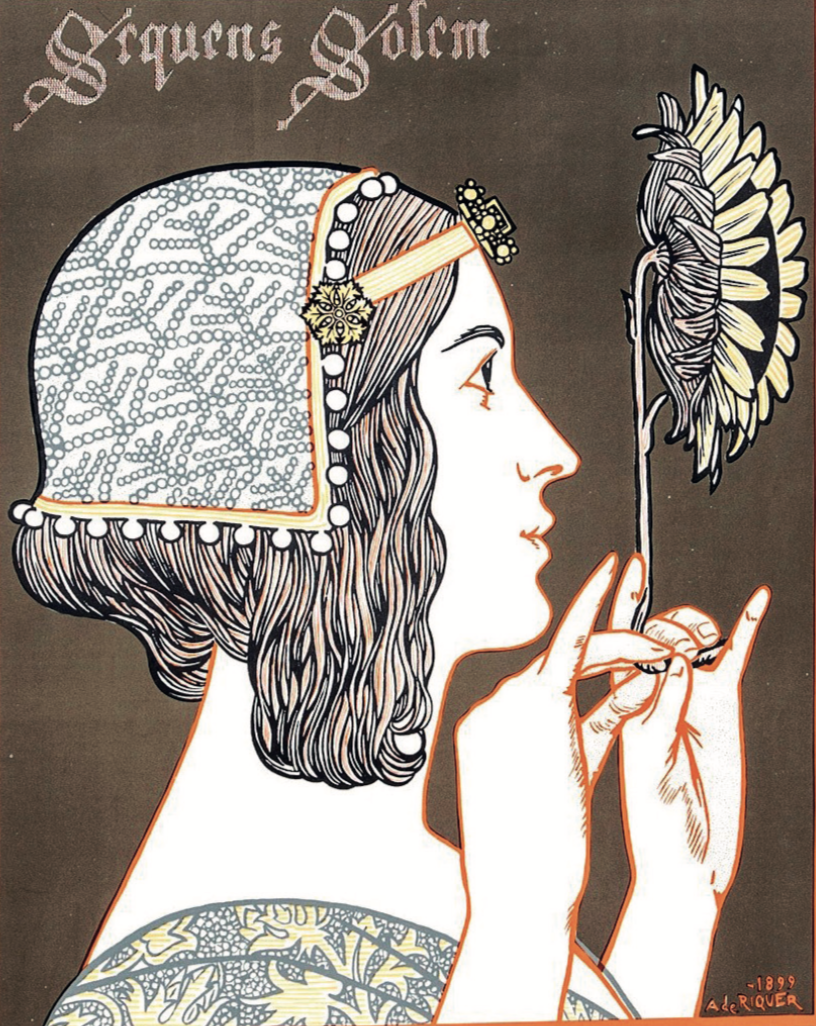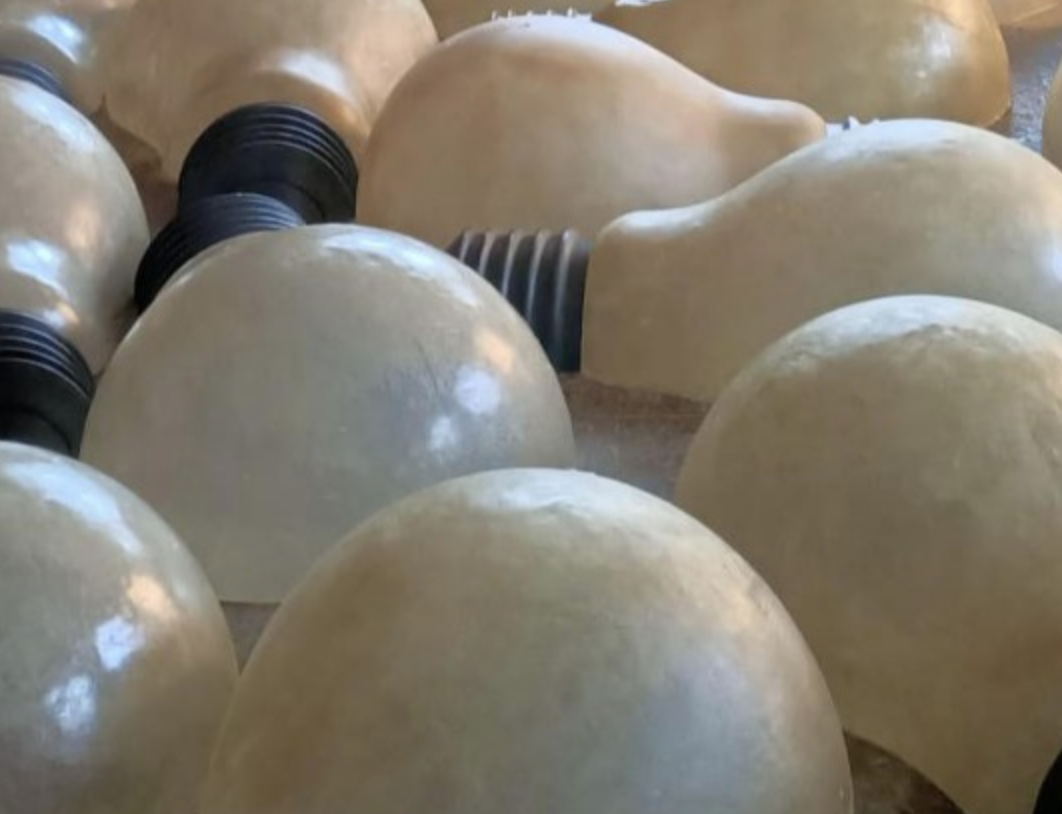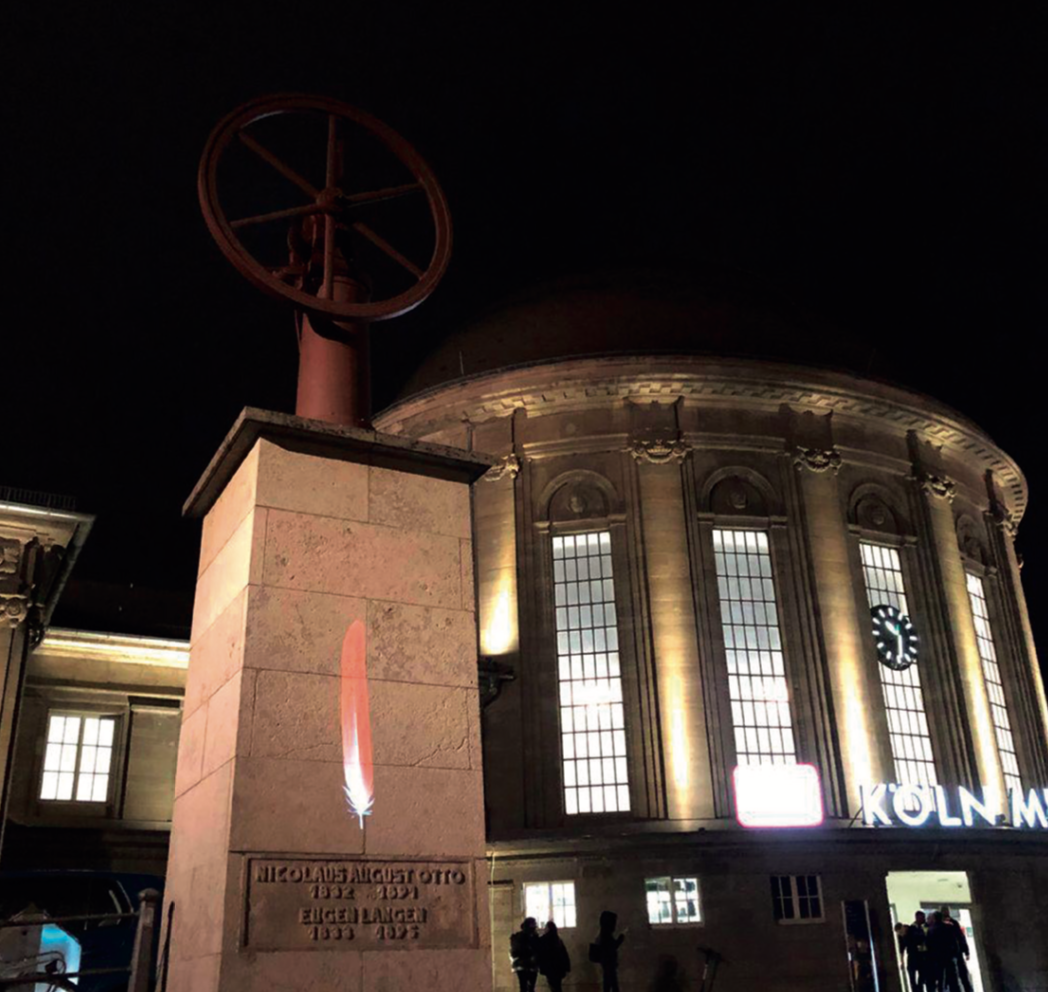
On a recent visit I made to the LWL museum in Münster, I saw with pleasant surprise the profound changes that some institutions are experiencing and which reflect the realities of a world outside the “white cube”. This museum includes collections ranging from medieval religious art, through modern artwork, to a sizable Beuys collection and some permanent installations by artists such as Rachel Whiteread. However, on my first visit it wasn't these encounters that caught my attention, I can't even say it was a particular work; what I notice about that visit is a note that accompanied the description of a painting: the work entitled Little Gypsy Girl, by Otto Müller, made in 1926. On the file of the work that describes the title, name of the 'artist, year and technique, there was a text that said: "The title is from the same artist and is part of the history of the work. Due to its racist nature, the museum views the use of the term gipsy girl critically.”
The gesture, although small, is significant because it shows that inside the museums and different cultural institutions the pressure is starting to be felt from outside and on the streets, which manifests itself every day more strongly against toxic discourses that perpetuate attitudes like racism. Museums, whether of art, natural sciences or anthropology, have played a key role in the construction of a Eurocentric, racist, sexist and xenophobic discourse that has shaped collections and publications that structure much of of the historical discourse that most people know. And I'm referring to an external pressure, a pressure that comes from the "culture of the masses", since even though it's been many years since inside the institutions there has been an attempt to make a critique that questions them , the censorship was not long in coming.
We only need to remember the case of censorship that affected Hans Haacke in 1971 at the Guggenheim in New York when his solo exhibition was canceled and the curator of the exhibition was fired. All because, as the legend explains, the exhibition's central work, Shapolsky et al Manhattan Real Estate Holdings, was about the relationship between the museum's board of directors and the Shapolsky real estate group. In the streets, protest movements like Black Lives Matter have found an echo in many corners of the world. In Latin America, the indigenous movements of Chile, Ecuador and Colombia have reacted by toppling statues commemorating the lives and works of "conquistadors" whose legacy, seen with a critical eye today, is more that of massacres and undressing These today empty pedestals are an invitation to new centralities thought from history and art that are no longer that of Eurocentrism.



